“The research trend now in memory technology is to find a single memory for both temporary storage and permanent storage in personal computers as well as embedded systems. Research trend now in memory is unification of memory, so that there should be no separate SRAM, DRAM and flash, it’s going to be just one memory.”
Today, the short-term memory of DRAM is separate from the permanent storage of flash or hard drives. The rise of non-volatile memory technologies will make this redundant. Instead, something experts call “universal memory” will replace both, making for much faster devices as data and applications won’t have to shift between them on their way to and from the processor.
Something called “Phase Change Memory” or PRAM is poised to completely change the way computers work, by unifying storage and execution RAM in computers so that you no longer have to “load” files and programs from storage media (hard disks, CDROM, SSD, Flash memory, etc) into execution RAM to be executed. — You know, that minutes-long wait between you turning on your computer to when the OS has finished loading itself into memory is about to be a thing of the past. So is losing files you’re working on when something glitches or the power goes out.
A little thought experiment to show how this could change your life: just imagine your smartphone with PRAM. Instant on, no waiting for the thing to boot up, instant switching from browsing to voice to other apps like GPS. No more 5 minute power cycles, cursing at the thing because you can’t dial 911 while some thug taps on your car window with a tire iron.
Unified storage and execution memory. Wow! What a futuristic concept – when this happens, computing will finally step forward – back into the year 1983.
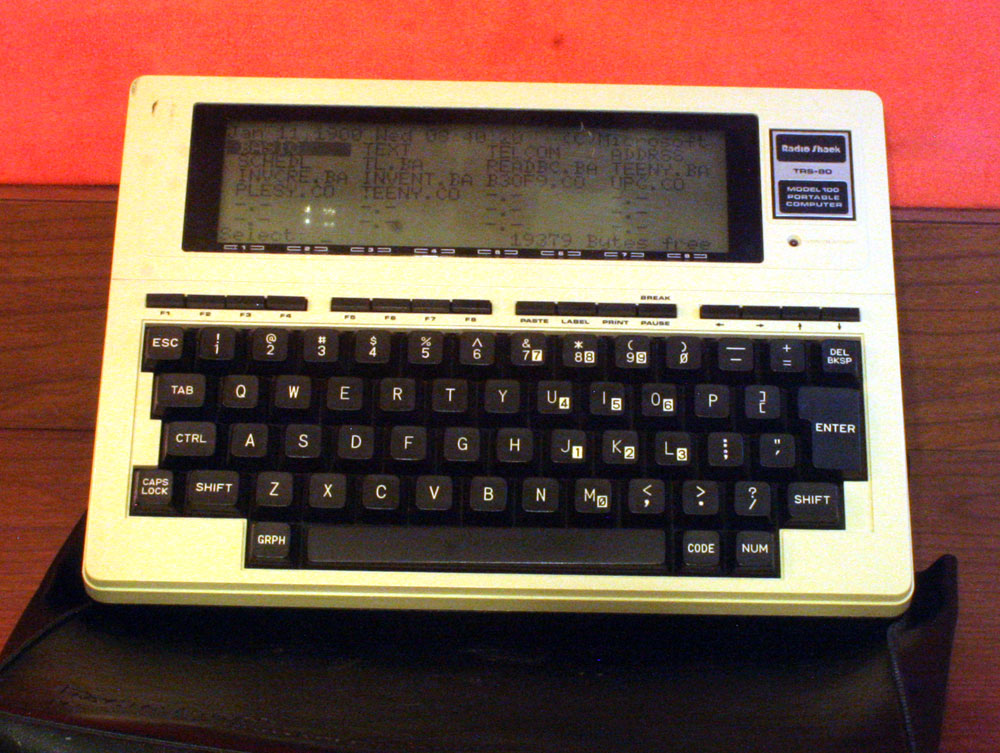 Recognize this? Yep, a 1983 TRS-80 Model 100. 32k of RAM that, you guessed it, serves as both “storage” and “execution” RAM. An innovative concept that meant instant-on bootups and programs that leapt instantly into action on launch, despite the anemic 2mhz processor. It also meant that every keystroke you made was saved instantly on non-volatile media. You happen to be typing a long document when the power goes off? No problem. When power comes back up, your document is right there, not a single character lost.
Recognize this? Yep, a 1983 TRS-80 Model 100. 32k of RAM that, you guessed it, serves as both “storage” and “execution” RAM. An innovative concept that meant instant-on bootups and programs that leapt instantly into action on launch, despite the anemic 2mhz processor. It also meant that every keystroke you made was saved instantly on non-volatile media. You happen to be typing a long document when the power goes off? No problem. When power comes back up, your document is right there, not a single character lost.
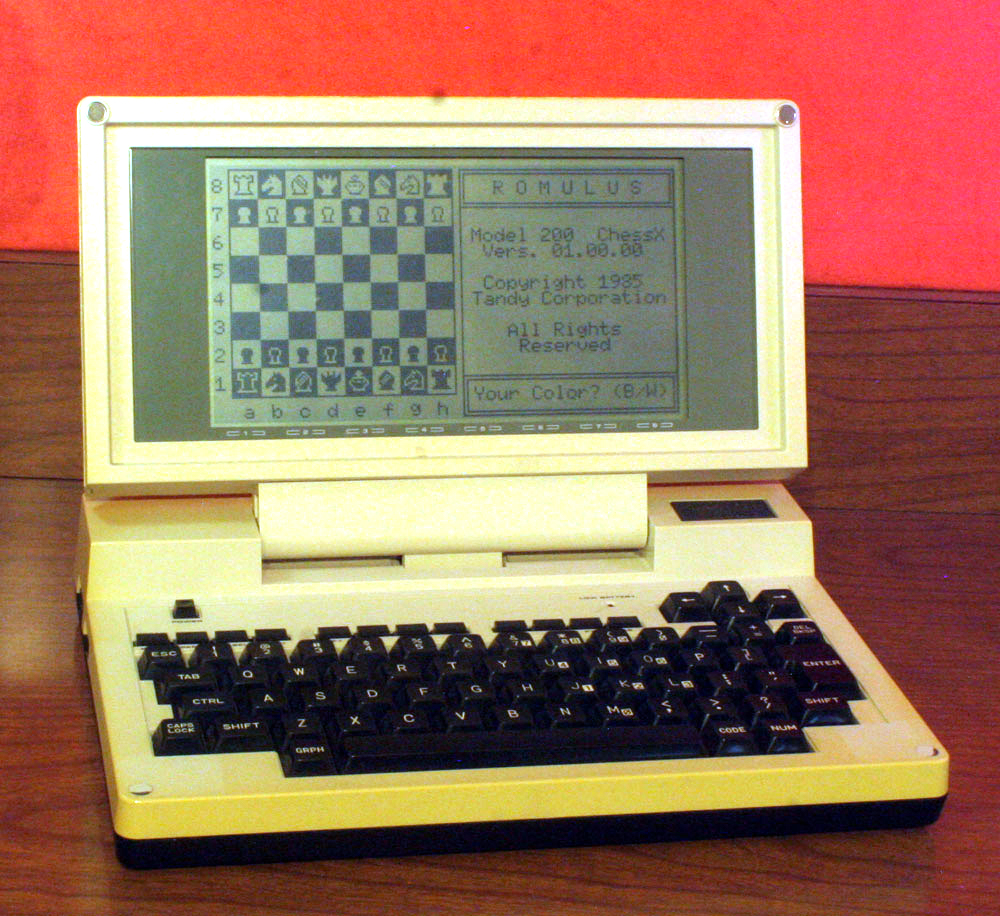
Tandy 200 running Romulus Chess in it’s second memory bank. The first bank is my barcode and timelapse programs. You switch between the two banks instantly by hitting “TAB” in the menu screen. It’s a very Unix Screen-like way to switch between workspaces. I’m seriously considering getting a REX chip, which would add *16* 32k banks and, with a little soldering, can allow you to bypass the OS ROM and boot your own custom OS ROM images.
So this new PRAM stuff promises to make that behavior the norm for computers of the future. I applaud that – it’s a great idea and very much overdue. Give these future machines a simple built-in programming language that can read and write all the ports, and give it plenty of ports to work with, and make it run 20 hours on four standard “AA” batteries, then you have something that begins to touch the awesomeness that is the 1983 TRS-80 Model 100. Oh, and give it an awesome clicky-style keyboard with full-size, full-travel keys like the Model 200, while you’re at it. That would be real nice for the industry to get around to doing… Again. :D
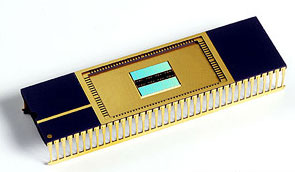
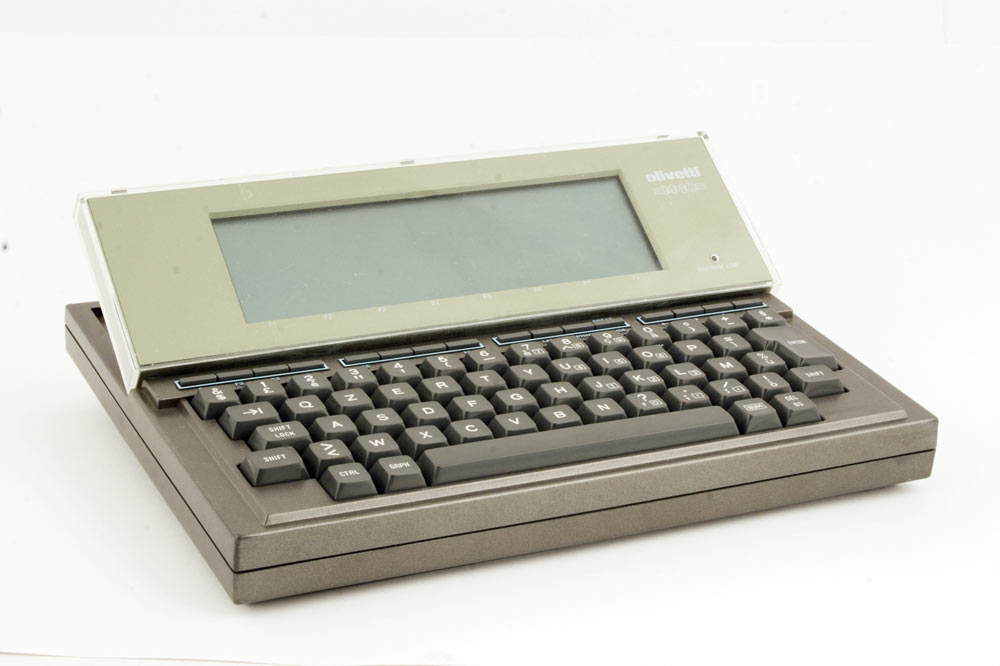
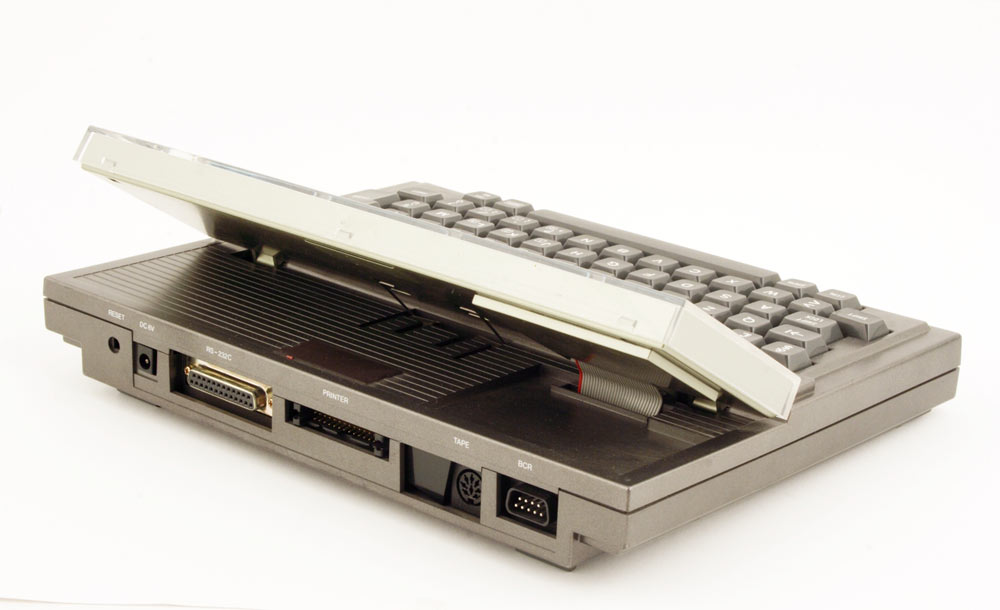
It’s a wondrous thing when hardware catches up with great ideas. The TRS-80 100 just happened to be at the right moment in time when the capability that was expected of it didn’t exceed the expense of the hardware.
As for keyboards… I honestly have to say I would have a hard time trying to move away from my Macbook’s keyboard. Every time I have to use a detached keyboard in a public place I cringe, and even the Thinkpad keyboard I used to love seems a bit cumbersome in comparison. I guess I like the exact opposites; either a manual typewriter, or the mushy, flat Mac keyboard. XD
Look how long it took PCs to catch up to the T.I. 99/4A. It was the first computer to use a 16bit uPC and buss. The Intel and other stuff used 8 bit for a decade or more.
Universal memory sounds great. The biggest problem with what is used now is its implementation and size. Longevity can also be an issue as any SS memory can only be writen x-number of times before failure.
I run Linux (different distros) on different PCs and all boot almost instanly. It’s only the Microcrud stuff that takes minutes on end to boot and shut down. Remenber DR. DOS? Full 16 bit, fast, accessed extended memory. Except the greedy Redmond company spoofed the general public into thinking only their OS was any good.
You can still get DR-DOS, you know, or Caldera OpenDOS. The “boot disk” I use to boot skeletal PC’s for use as file-transfer agents for the T100/200 is a Flash Drive running DOS 7 and GEM (I wanted *some* lightweight windowing interface, and winblows is too bloated). Boots up near-instantly, and fast, fast operation.
I don’t see how it’d be all that tough to build a laptop with an extremely low power-draw CPU in the 486-class, a low-power CGA LCD and a good keyboard. Stick a 512MB PRAM in there and you’d have the perfect machine to run DOS or early Linux distros *fast*. But the problem is, no modern OS is built to handle Unified RAM. You’d basically have to re-write all of the disk-access and execution pointer stuff to deal with the paradigm of not having to actually use Disk access.
Ahhhh the 80’s – where they had the weird notion that computers wouldn’t need anywhere near the storage that they do today.
Interesting note: Both the Amiga 1000, and 3000 stored their operating systems in ram before they started to run. Both did it in different ways, but it meant they could do some interesting things when it came to updating. Other systems use established rom chips – a limitation that still impacts on the PC today, as they were very limited as to what they could do with that ROM operating system.
The universal ram idea was re-established for the Apple Newton, but it again never really worked. Nowdays computers are very storage intensive, and you’ll never see such optimism again – until SSDs get faster and more durable, then you might be able to see such an idea again.
Intriguing. Cute little computers there. Amazing what they could do with 32K of RAM!
My only concern with this technology, or at least as I understand it, is that, if the computer clung for some OS crash (the dreaded blue screen), the conditions that made it crash would also be stored in memory, so it wouldn’t matter how many times you reset the computer, it would always boot up to exactly the same blue screen…
You would have to wipe entirely the working memory in order to reboot, and that could mean losing not only your open windows and unsaved files, but the whole data shebang.
What I would like this kind of memory used for is to store the OS and software, very much how it worked in the 8-bit Commodore computers, with the difference that here you could actually update the OS or even change it altogether, something we couldn’t do back in the day. Then we would have instant powerup and software loading, and have all the storage available for our data. This could even give a hardware protection against spyware and virus: install the software you like, turn off a mechanical switch to prevent the PRAM chips to be written into, and that’s it. Whatever malware that happened to cross your firewall or browser would be wiped out the moment you turned off the computer.
Go ahead and read the specs on PRAM. the way I understand it, PRAM operates on an electrochemical process that *physically* writes bits into registers, similar to optical media or Flash. I believe you would be able to boot from another drive, and you’d be able to read every register that wasn’t corrupted, like on a normal disk. From what I’ve read, I suspect that PRAM and the similar technologies in the pipe now would be far more resistant to data loss from electromagnetism and the sort of things that cause data loss on magnetic media. On a molecular level, PRAM works almost like writing on paper, and it seems like it would be far easier to recover data.
Another neat thing: note that because PRAM is addressed like RAM (and exactly like the RAM in a T100) programs and files live in address block ranges, and “running” a program is simply a matter of telling the computer to run the bit of code that starts it’s execution pointer at address XXX. You could, for instance easily have 2 or 3 copies of the OS living in different address spaces, and tell the computer to boot from a different address pointer in memory, if your main OS gets corrupted.
This is how (for instance) the Model T enthusiasts have come up with a way to socket a modern 1mb FLASH into the Model 100’s read-only option ROM socket, and without any physical changes to the machine, can trick it into seeing the 1mb Flash chip as 16 32k address spaces that can be written to (from a read-only ROM socket!) and booted from (you can even bypass the built-in BIOS). It’s just a matter of launching BASIC and inputting a single-line command that orders the machine to boot from a different address pointer.